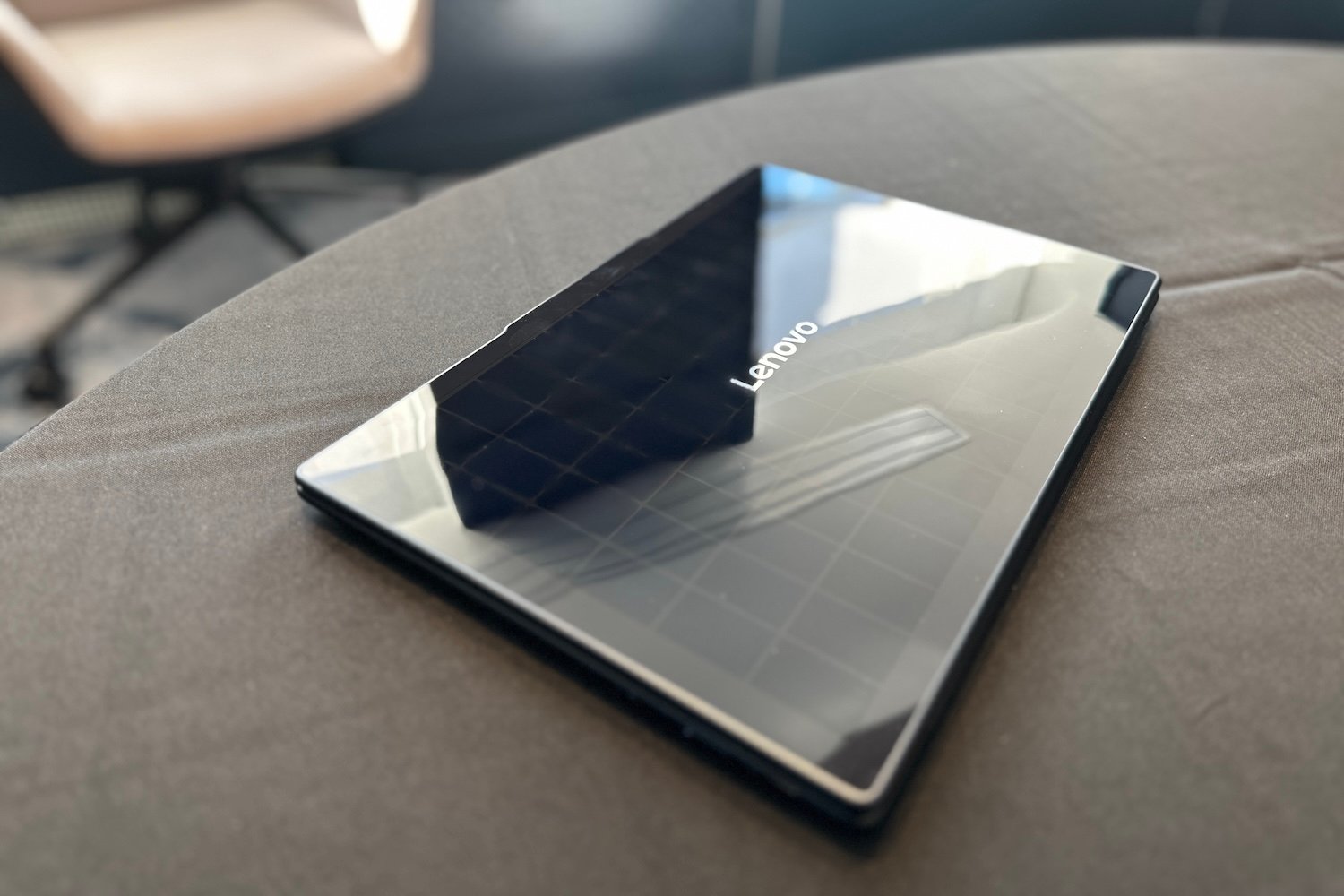Solar panels are being integrated into innovative spaces, and it’s surprising that it has taken this long for someone to embed one directly into a laptop. At MWC 2025, Lenovo unveiled the Yoga Solar PC concept, which is an intriguing idea, especially considering its potential to last 24 hours without needing to be plugged in, unlike many laptops that claim to have a 24-hour battery life but rarely deliver.
Lenovo is known for its unconventional concept products, such as the $3,500 ThinkBook Plus Gen 6 Rollable, which was showcased at CES 2025. Alongside the launch of new Yoga, ThinkBook, and ThinkPad laptops, Lenovo is introducing some experimental designs, including mobile devices with unique displays that fold backward and feature additional screens that can be slotted into the back of the laptop lid. Although these designs lack pricing and release dates, they demonstrate that there is still room for innovation in the laptop market, even if some designs are impractical.
The Lenovo Yoga Solar PC Is Relatively Thin and Light Despite the Solar Panel Lid

The Yoga Solar PC made a significant impression among the various concept laptops on display. The solar panel on the lid boasts a 24% solar conversion rate, which is impressive compared to the average 15-22% conversion rate of most user-end solar panels. Lenovo achieved this by rearranging the gridlines behind the solar cells, allowing for more energy absorption. The laptop can also measure the current voltage and adjust system settings accordingly.
Although the solar panel doesn’t require direct sunlight to generate power, its performance improves significantly when exposed to sunlight. When pointed towards the sun, the power accumulation increased from 7V to 12V. The laptop’s weight remains relatively normal, at just over 2.6 pounds, despite the presence of the solar panel.
It’s worth noting that the solar panel doesn’t produce enough power to run the PC continuously. However, Lenovo claims that 20 minutes of direct sunlight can provide approximately one hour of video playback battery life. Depending on the CPU and battery, this could translate to around 1/20 of the laptop’s total battery life. This concept PC was powered by an Intel Lunar Lake chip, which is already relatively power-efficient. The solar panel could be useful for construction workers or individuals who want to work outdoors without worrying about running out of battery.
What About a ‘Flip’ Bendable ThinkBook?
Lenovo’s ThinkBook “codenamed Flip” is another innovative design that features an 18.1-inch, vertically-oriented OLED screen. The screen folds up from the lid, allowing users across from the Flip to see a portion of the screen. The PC supports Workspace Split Screen, which enables displaying different images on the rear and front screens. However, the design leaves the curved, folded portion of the screen exposed, even when the lid is closed, which could make it vulnerable to dust and accidental damage.
For those who want more screen space on the horizontal axis, Lenovo’s ThinkBook 16p Gen 6’s Magic Bay extenders offer a solution. The dual screens are similar to the Xebec, with two wings that plug into the PC’s Thunderbolt ports to add multiple screens. Lenovo’s design uses the pins on the Magic Bay to eliminate the need for valuable ports. While there are already many dual-display options available, the compact 8-inch display could be handy for keeping applications like Slack open without relying on an external display.
Lenovo also showcased a concept for 3D screens, featuring a curved display and laptop. The technology relies on eye-tracking to produce a faux-3D image on the screen, similar to Samsung’s 3D technology. The 3D image looks impressive on a 34-inch curved display, and can be switched to 2D with a single button if desired.
Big Red Button Fans Rejoice: The ThinkPad X13 Brings Back TrackPoint

Among the numerous concept products on display, the regular products seemed relatively mundane by comparison. The ThinkBook 16p Gen 6 can be equipped with up to an Intel Core Ultra 9 275HX, a Nvidia RTX 5070, and 64 GB of RAM. The Yoga line also features Intel Aura Edition versions, including the Yoga Pro 9i with a new Intel Core Ultra and up to a Nvidia RTX 5070 discrete GPU.
For ThinkPad fans, the big news is the introduction of the first 2-in-1 convertible, the ThinkPad T14, which features an AMD Ryzen Pro AI 300 CPU or an Intel Core Ultra 7 H, U, or V line. The ThinkPad X13 Gen 6 is a portable laptop that brings back the iconic red “nipple” TrackPoint in the center of the keyboard, a feature that fans had been missing. Sometimes, it’s the small details that matter, and Lenovo’s attention to detail is a testament to the company’s commitment to innovation and customer satisfaction.
Source Link





